CHAPTER V
IN THE STUDIO AND IN THE OPEN AIR
Let us assume, dear Reader (God forbid!) that you are a painter and that you want, for instance, to paint a boy skipping rope. If you were the painter of the old school, then you would visit all the possible European galleries with the purpose of finding how the classics have depicted boys jumping over a rope […]. However, if you happened to be a new-school artist […], then you would proceed to a gymnasium and there […] you would linger for several hours every day for several days, and you would watch some hundred boys jump, and finally you would draw a skipping boy, uncertain, as a matter of fact, whether […] you have not overlooked some detail. […] Meanwhile, we have Mr Brandel walk into the very same gymnasium, though necessarily well-lit, with his ‘mindless machine’ and within half a second take the most precise photographs of the skipping boy. By the time you have observed him, drawn, and corrected the drawing, Mr Brandel would have covered half of Warsaw, taking photographs of people: not only jumping, but walking, swinging, rowing, horse-riding, playing the circle, trading in horses or vegetables, playing in the sand, etc.
What is more, Mr Brandel can stick his neck out for the authenticity of every countenance, every movement of the arm, leg, clothing. (Bolesław Prus on the so-called ‘photorevolver’ camera invented by Konrad Brandel in 1881)
The admiration the writer expresses for Brandel’s invention, served as an incentive to display the equipment photographers of the past used to take pictures with (from the collection of the Museum of the History of Photography in Cracow). The actual potential that cameras offered can be perfectly judged by the hand-coloured photographs from the album Views of Japan, authored by Felice Beato, the first to have photographed the Far East (India, China, Japan, Korea, Burma), as well as the first to have taken pictures in Istanbul, Jerusalem, on Malta, in Greece, Egypt, and the Sudan. Moreover, he pioneered war photojournalism (the Crimean War, Indian Rebellion of 1857, and the Second Opium War).


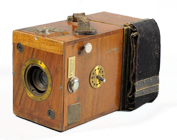
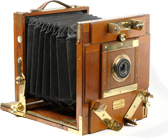
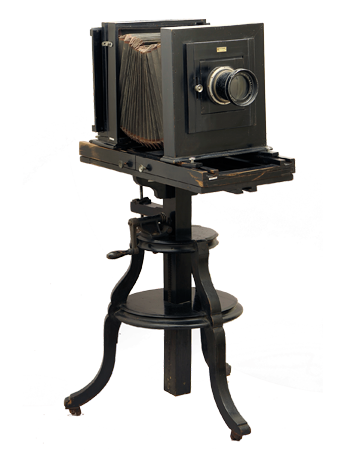
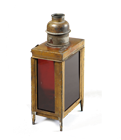
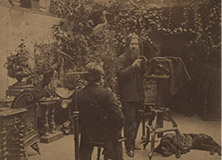

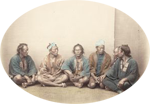


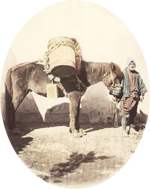
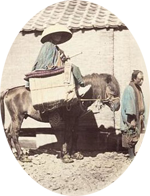
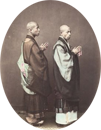

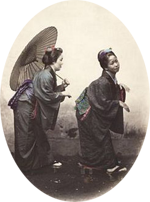
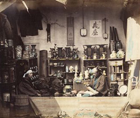
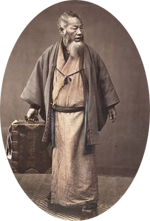
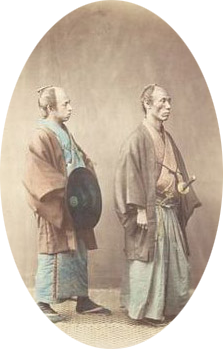
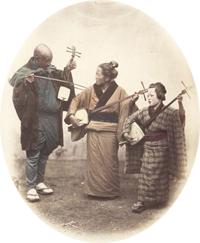
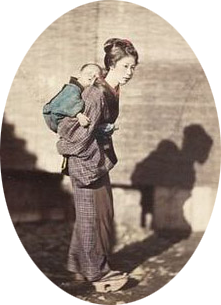











Comments: